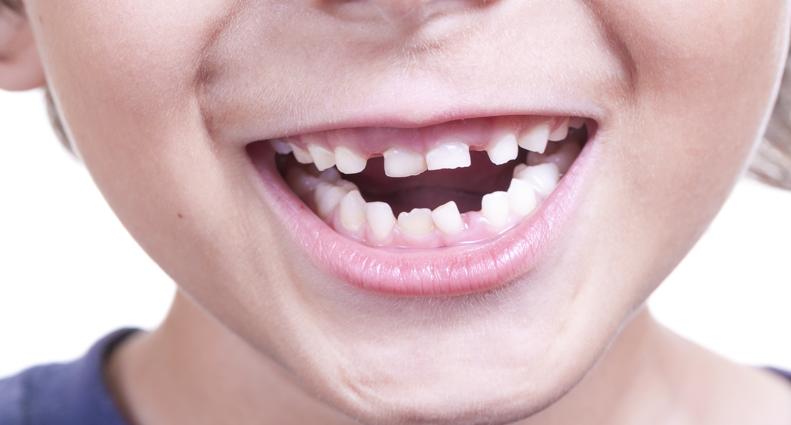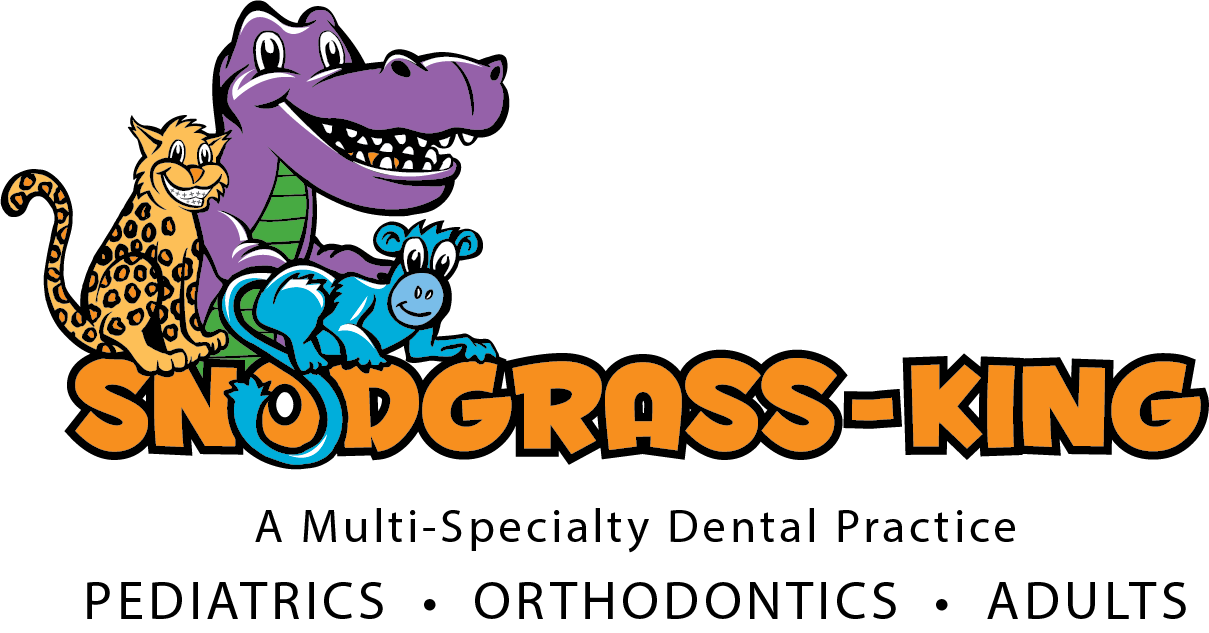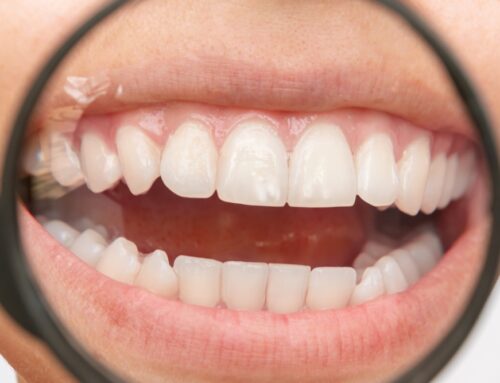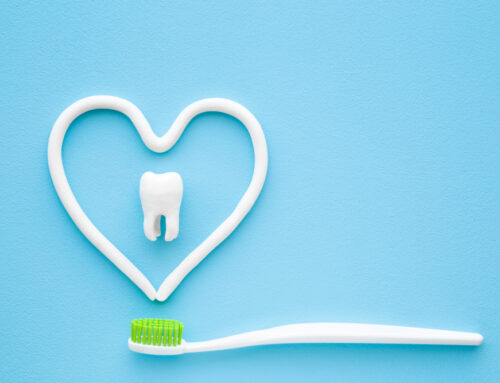
How to Fix Gaps & Spaces in Teeth
When you think of a perfect smile, do you think of a straight, white set of teeth? In a perfect world, everyone’s teeth would come in straight and white – we all have those friends who never had to have braces. But in reality, it is extremely common for children and adults to have a gap between two of their front teeth, most frequently between the upper front teeth. This space is also known as a diastema. Many parents wish to fix gapped teeth while their children are still young.
Diastemas are often caused by missing teeth, discrepancies in tooth size, or an oversized labial frenum (the skin attaching the gum to the lip). Some children develop gaps from thumb sucking, or when their baby teeth fall out and adult teeth begin to fill in. Once the permanent teeth all come in and align, these spaces may or may not close up. Crooked or crowded teeth may cause even straight teeth to shift over time.
Adults, keep an eye out for gum disease, which can result in loss of bone… leading to lack of tooth support and then tooth decay. As a result, this is a major factor in missing teeth and gaps for adults. People of all ages may have an incorrect swallowing reflex, which may result in spaces between teeth as well. If left untreated, these gaps may grow wider over time.
Orthodontic Treatments and Gap Solutions
Sometimes diastemas are part of multiple oral issues that may need orthodontic care. Other times, you may just hate having an obvious gap between your front teeth. Whatever the case, we have a solution! Whether it is the size of your teeth or the way the teeth aligned, there are multiple solutions to remedy misaligned teeth.
Braces
One common treatment is braces, which work to correct both crooked and gapped teeth. Braces are helpful in fixing several oral issues including spaces between teeth. A “set” of braces must be worn to fix gapped teeth, and they may need to be worn anywhere from 6 months to a couple of years depending on the spaces and issues at hand. Braces pull the teeth into place, rearranging the mouth into a more straight and perfect alignment. If you have an overbite, underbite, or crossbite, braces can help to correct the alignment of your teeth. For adults who suffer from gum disease, orthodontics may be the only way to save their natural teeth.
There are different types of braces material to choose from.
Metal
Metal braces are less expensive but may be more noticeable. They are made of high-grade stainless steel. The brackets are bonded to the front of your teeth. Traditional braces consist of brackets, bands, and wires. The wires can be made from metal, elastomer (rubber), or a combination of the two material types.
Ceramic
Ceramic braces are less visible than metal braces, as they are made of clear plastic or tooth-colored material. They are more expensive than metal braces.
Ceramic braces have the same basic mechanism as metal braces, but the brackets are made of ceramic material that is designed to blend in with your teeth. Some people choose ceramic braces because they are less visible than metal braces, but they can also stain more easily than metal braces.
Orthodontic retainers are normally needed after braces are removed. Retainers keep the teeth in place and prevent diastemas from recurring. An orthodontic retainer is a custom-made appliance that is worn after orthodontic treatment to maintain the new position of your teeth. Retainers may be removable or fixed. A retainer helps to keep your teeth in their new position and prevents them from moving back to their original positions.
Lingual Braces on The Inside of Teeth
Lingual braces are placed on the tongue side of your teeth (the inside). They are not visible from the outside, and they are made of metal or ceramic. Lingual braces are more expensive than other types of braces, but they are a good choice if you want braces that nobody will be able to see.
Invisalign
Less sizeable or severe diastemas can benefit from removable orthodontic treatments like Invisalign®. Similar to braces, Invisalign straightens the teeth so that spaces are eliminated. If the clear Invisalign trays are not worn the recommended amount of time, your diastema may remain.
Also, like braces, a retainer is generally worn after the treatment is completed. We want to eliminate spaces and not have them come back, so the retainer aids your teeth by healing in place without further movement.
Other Treatments To Fix Gapped Teeth
Looking to avoid orthodontic treatment to correct your diastema? You’ll be happy to hear that braces, Invisalign, and retainers are not the only solutions. Below you will find cosmetic dentistry and restorative dentistry solutions for correcting gaps in your smile.
Dental Implants
If the gaps in your smile are caused by missing teeth, or if your gap is the width of a tooth, dental implants will be your #1 solution. The implants themselves are tiny titanium posts, which are surgically inserted into the jawbone where teeth are missing. These metal posts act as tooth root substitutes. The bone bonds with the titanium, creating a strong foundation for artificial teeth. Small posts are then attached to the implant, which protrudes through the gums. These posts provide stable anchors for crowns to artificially replace the missing teeth.
Dental Bonding
Dental bonding is one of the most affordable cosmetic solutions to close the gaps between your teeth or fix chipped or cracked teeth. Correcting chipped or cracked teeth has been the main function dental bonding seeks to correct, but it has become very common to use bonding as a tool to add width to teeth in order to close gaps.
Dental Veneers
Dental veneers have become a patient favorite for correcting aesthetic flaws in smiles. Veneers can be custom made to look and fit to meet the needs of our patients. To close gaps in your teeth, veneers will act as tools to slightly widen your teeth to create a seamless, straight smile.
Dental Crowns
Dental crowns are normally used to cover damaged teeth and restore function in your smile. However, it has become common to fit dental crowns around gapped teeth to create a perfectly aligned smile.
What’s your first step?
The first thing you need to do in order to close the spaces in your teeth is to contact your dentist. They will be able to review your options in more depth and offer the best solution that will fit your aesthetic and financial needs. Dental health is an important factor contributing to your overall health that shouldn’t be ignored.
It is also important to note that a few causes of diastemas may be preventable! Routine dental care and oral hygiene (dental check-ups, brushing, and flossing) help to prevent gum disease – therefore, keeping bone density and tooth support strong. Additionally, people with tongue thrusts and other incorrect swallowing behaviors can break bad habits and properly learn how to swallow.
Find an Orthodontist Near You and Fix Gapped Teeth
Have your child’s permanent teeth come in but a diastema stuck around? Are you embarrassed to smile because of the gap between your front teeth? Call us today about the best solution for your diastema. Or request an appointment using our online form! Our orthodontists are located in Franklin, Spring Hill, Murfreesboro, and Mt. Juliet, Tennessee. We strive to fix your crooked teeth while providing the best orthodontic experience possible!





